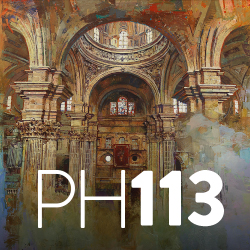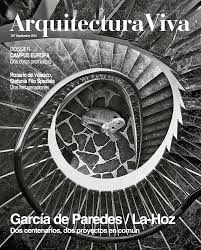Abstract
This doctoral thesis is the fruit of a profound pedagogical vocation. The central hypothesis was inspired by a question of great personal interest, and this interest has, since the very beginning of the doctorate, been the driving force behind all subsequent lines of research and investigation. The “Casa Domínguez” represents a paradigm of the dialectics found in the work of Alejandro de la Sota. The perception of reality as antagonistic categories determines a polarized conceptual order, a network of mutually excluding associations upon which Sota builds his own personal operative protocol: intellectual or popular architecture, experimental or traditional, universal or local, heavy or light, above or below ground, etc. Through the analysis and dissection of the “Casa Domínguez”, one of Sota’s smallest projects, an attempt is made to approach the underlying question posed in “Sotian” work as a whole. This is about organization without precedent, raising the strategic dialectics to levels of paroxysm. The house is divided into two separate levels, the day-time level above ground, and the lower night-time level beneath the surface of the ground. Each level has its own geometrical and stuctural order, its own language and character, its own identity and even has its own construction budget. The interaction between the two areas is centered on the two functions of rest and activity, and this in turn establishes a complex relationship network between both, which is sometimes self-evident, but at other times jealously guarded. The living area designed for daily activity is presented as an object of light structure and delicate skin; the precise geometry of the cube delimiting the ever watchful living area’s domain over the land it has conquered. A green topography is created on the slope below which lies an area adapted for rest and relaxation. Two bedrooms, built around patios, skylights and light crevices, generate an entirely independent environment: the construction of an object as opposed to the creation of a landscape. The “Casa Domínguez” project has been subject to much less scrutiny and examination than Don Alejandro’s other works, and is consequently less well-known. A succession of journals have printed the blueprint document together with a poetic description (epopee), composed by Sota himself, to mark the project’s publication. There has, however, scarcely been more than two brief critical appraisals, those by Miguel Ángel Baldellou and more recently by Moisés Puente, that have regarded the project as a monographic work. The project and works nevertheless occupied no less than ten years of De La Sota’s life, with over a hundred draft drawings for two separate versions of the project, the first of which remains unpublished. The sheer determination to design this “small” work in the most meticulous detail, drove Sota to manage and select its interior furniture, as indeed he had previously done with more “important” works like the Tarragona Civil Government, César Carlos College, or the Post Office telecommunications building in León. Client collaboration, maintained over a period of almost forty years, has facilitated an impressive array of the project’s tools and resources. The choice of “Casa Domínguez” as the central subject matter of this thesis, was made in pursuance of a triple objective: firstly, to approach the project as a paradigm of the “Sotian” dialectic, the analysis of the discourse between the heroic character and the finished building; secondly, a rigorous scientific investigation, and progressive disassembling and dissecting of the architectonic object; and finally, a reflection on aspects of the project and its technology which codify the identification between the action of construction and the reality of living, thus marking its achievements, whilst at the same time subjecting incoherent elements of the proposal’s established order to a critical evaluation.
Access the thesis




